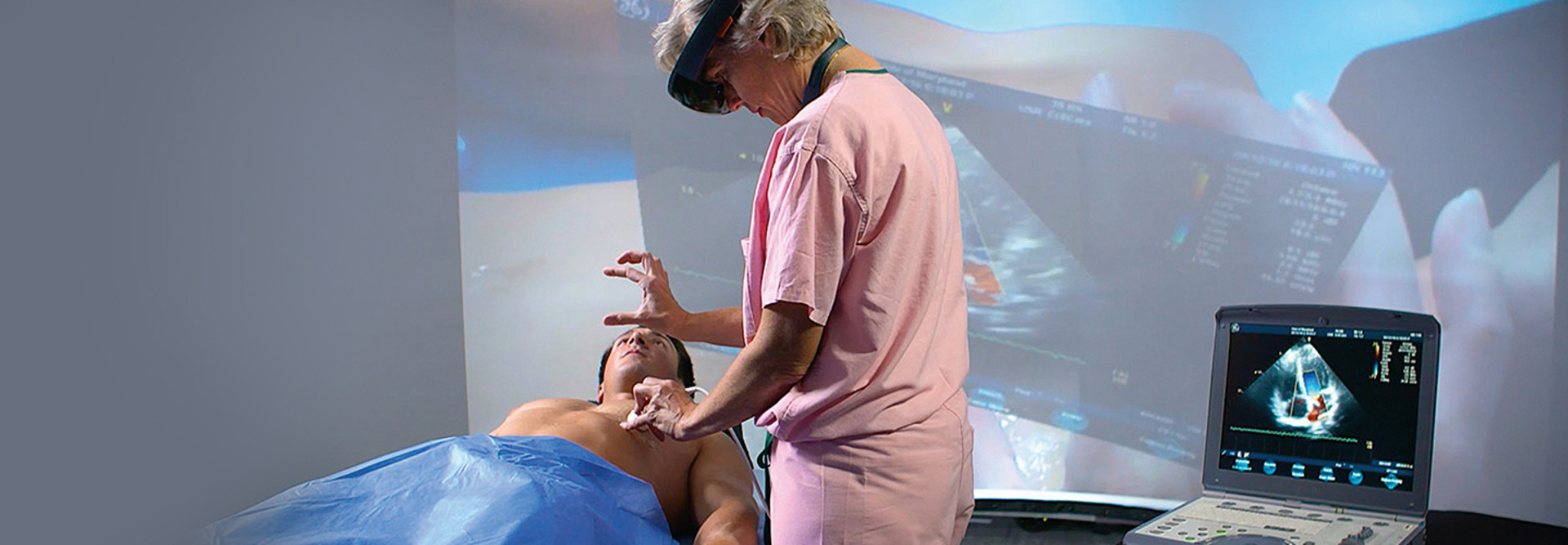The Pandemic Led to XR Growth in Healthcare
Though some larger institutions have been testing these technologies for years, research and interest in XR for patient care have grown since the start of the COVID-19 pandemic, says Dr. Brennan Spiegel, director of health services research at Cedars-Sinai Health System.
“We have used virtual reality in over 3,500 patients at Cedars-Sinai since 2016, when we first started using the technology,” he says. “There are over 200 other hospitals across the U.S. using VR in clinical practice, and many more throughout the world.”
Cedars-Sinai’s medical XR department focuses on education and training, research and development, and clinical care. The department is testing a mix of virtual, augmented and medical technologies, coupled with telehealth, to reach patients and scale patient outreach.
Currently, Cedars-Sinai uses a VR consult service to help manage patients who need nonpharmacological treatments to lower pain and anxiety, Spiegel says.
DISCOVER: How the future of senior care technology will change care delivery.
XR Creates New Patient Care Avenues
Though not a replacement for in-person care, researchers say that XR can help patients with pain management, physical therapy and behavioral health.
“Extended reality environments are not better than the real-world clinical environment; they just offer different capabilities, extending what is possible in a clinical setting,” says Jennifer C. Reneker, an associate professor and research coordinator in the Department of Population Health Sciences at the University of Mississippi Medical Center.
“These capacities open up new avenues for patient examination and treatment, many of which have yet to be discovered and used in routine practice,” she says.
READ MORE: Dr. José Barral explains how virtual tools are used for anatomy education.
Most XR treatments begin with the use of a VR headset fitted with sensors. The headset can present tasks and situations that a patient can respond to that wouldn’t be available in a typical clinical setting. As the cost of VR headsets decreases, with some starting at $300, they are becoming more accessible for widespread patient use.
“The virtual environment in the headset encompasses the patient’s senses of vision and sound, so it is possible to both distract from the real world and simultaneously use it to determine what the patient is experiencing,” Reneker says.
The University of Mississippi Medical Center is testing virtual environments to better engage patients in remote and underserved areas. Coupling VR headsets with telehealth technology, the university has been using XR platforms to treat patients with concussions, chronic pain, attention deficit disorders and issues linked to the autism spectrum.











